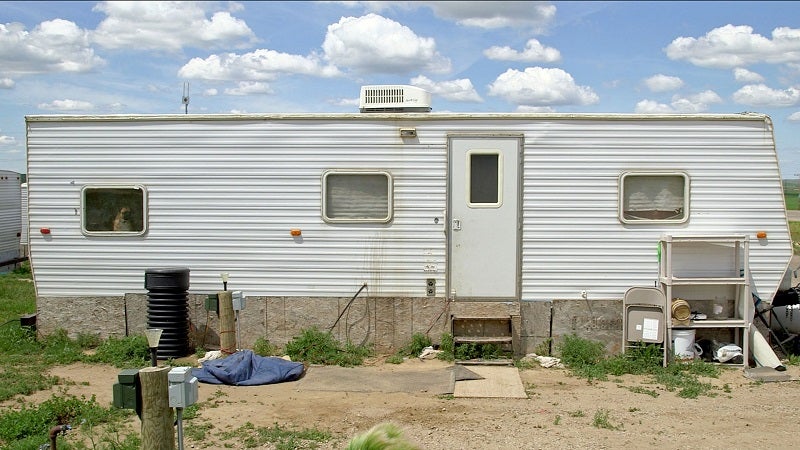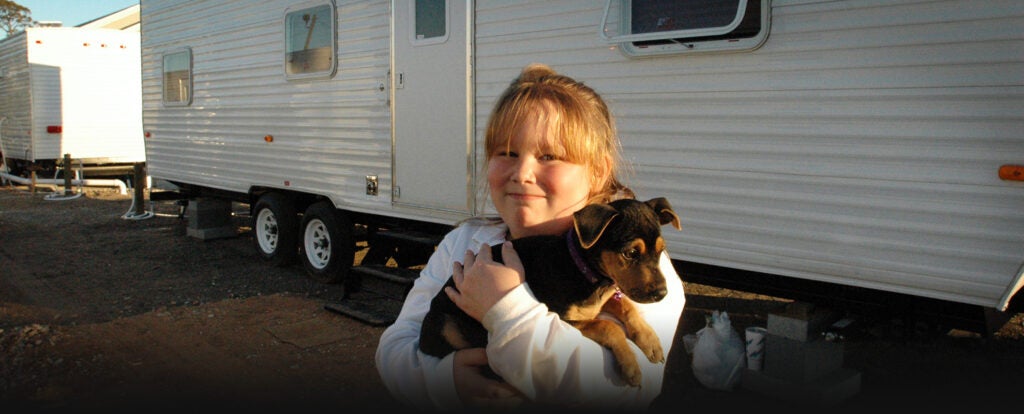Fighting for Restrictions of Hazardous Formaldehyde in Wood Products
Formaldehyde is a carcinogen that also causes or exacerbates respiratory ailments. The unlawfully-postponed standards limit the amount of hazardous formaldehyde gas that can be released from various types of wood products, including materials often used in emergency housing and inexpensive furniture.
Regional Office / Program
Case Overview
Formaldehyde is used to bind plywood, particleboard and other wood products used in a wide array of consumer products, such as paneling, flooring, cabinets, furniture and recreational vehicles (RVs). It is a carcinogen that also causes or exacerbates respiratory ailments, and was blamed for numerous illnesses among Gulf Coast residents housed in travel trailers and mobile homes supplied by the Federal Emergency Management Agency (FEMA) after Hurricanes Katrina and Rita in 2005.
Congress passed in 2009—and President Barack Obama signed in 2010—a law requiring the EPA to issue a final rule by 2013, limiting formaldehyde emissions from certain wood products made, imported and sold in the United States. But EPA missed the deadline. Although EPA finally published the Formaldehyde Emissions Standards in December 2016, with compliance required one year later, the Trump administration extended the compliance deadlines in 2017 by one additional year.
The unlawfully-postponed standards limit the amount of hazardous formaldehyde gas that can be released from various types of wood products, including materials often used in emergency housing and inexpensive furniture.

Case Updates
Case page created on October 31, 2017.
